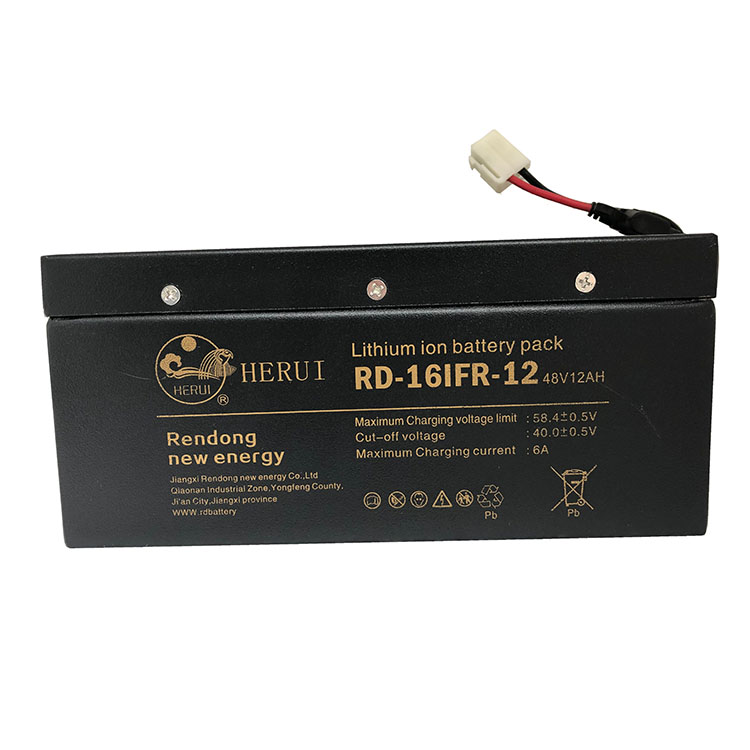What causes lithium battery to die?
- Categories:News
- Author:
- Origin:
- Time of issue:2020-09-16
- Views:0
(Summary description)
What causes lithium battery to die?
(Summary description)
- Categories:News
- Author:
- Origin:
- Time of issue:2020-09-16
- Views:0
This is a general and most asked question in the globe. We usually purchase lithium batteries and expect them to last for the desired period. The estimated life of lithium batteries is about two to three years of about 300 to about 500 charge cycles. But sometimes, this might not be the circumstance the lithium batteries might go bad after a short period. But you cannot tell what might have caused the sudden death of the batteries.
You might be the one causing the inevitable death of your lithium batteries. Our activities and how we handle the batteries can make the batteries last for a short period. Therefore, you need to learn what might be causing the reduced lifespan of the battery. This article will cover the causes of battery death, checking the battery, and making it new.
Therefore, you must be keen to what is being discussed here. This will save you money and troubles caused by death batteries. Get each detail and get assured you can enjoy having an excellent working lithium battery.

What causes lithium battery to die?
Lithium batteries die due to some conditions that we expose them to. The batteries die after a few years of use. Therefore, we shall look at some of these causes of lithium battery's death. They include:
Solid Electrolyte Interface Effect
During the process of charge, lithium gravitates to the negative electrode, hence changing the battery's voltage potential. Removal of the lithium during discharging does not reset the battery completely. A mesh that consists of lithium atoms forms on the anode's surface called a stable electrolyte interface (SEI).
The SEI layer consists of lithium oxide and lithium carbonate, and they grow as the battery cycles. This mesh gets thicker and eventually causes a blockage that obstructs interaction with the graphite. The longer that battery stays in this state, the worse the degradation gets.
Voltage Effects
Suppose you increase the charging voltage beyond the required upper cell voltage, excessive current floes causing lithium plating and overheating. Lithium plating occurs due to excessive lithium ions caused by excessive charging. The excessive lithium ions cannot be accommodated between the layers of the carbon anode and lithium ions. Thus, they accumulate at the surface of the anode and are deposited in metallic lithium.
This deposition of metallic lithium at the anode leads to a reduction in free lithium ions hence irreversible loss of the battery's capacity. This then causes short-circuiting between the cathodes. Lithium plating also causes a low-temperature operation.
Under-voltage can also lead to the death of your battery. Allowing the battery's voltage to fall below 2 volts will kill your battery. The under-voltage leads to the dissolve of the copper anode to the electrolyte. This then raises the battery's self-discharge rate, but as the voltage is increased above 2 volts, the copper ions are dispersed all over the electrolyte. The dispersed copper ions are precipitated to metallic copper. This can lead to short-circuiting between the negative electrodes.
Temperature Effects
Heat is the leading killer of lithium batteries. High temperatures or low temperatures can kill lithium batteries. The effects of reduced temperature are a reduction in the transformation of active chemicals within the cell. This then brings a fall in the cell's current holding capacity both for charging and discharging.
Low temperatures also reduce the rate of chemical reaction, hence slowing lithium ions' insertion into the intercalation space. Hence there is reduced power and lithium plating of the anode with a capacity loss.
High temperatures bring a different set of issues that leads to complete damage to the battery. The reaction rate is increased hence higher currents that give rise to higher I2R heat dissipation, thus even higher temperatures.
Age
Batteries become as weak as they age. Thus this causes the batteries to die because they have undergone many recharge cycles. The plates are covered with mesh-like chemicals as time goes. This will then lead to permanent damage to the lithium battery.
Mechanical Fatigue
The negative electrodes of the lithium cells expand and contract when they are being charged or discharged. This is due to the effect of the intercalation of lithium ions in and out of the crystal electrode structure.
The electrodes' stress leads to the particles' crack, leading to increased internal impedance as the cells ages or break down the anode. This can lead to overheating, then finally, battery failure.
Scan the QR code to read on your phone
QR code

Mobile site
rendong
Online message
Copyright © Jiangxi Rendong New Energy Co., Ltd. Gan ICP No. 20007021-2 www.300.cn


